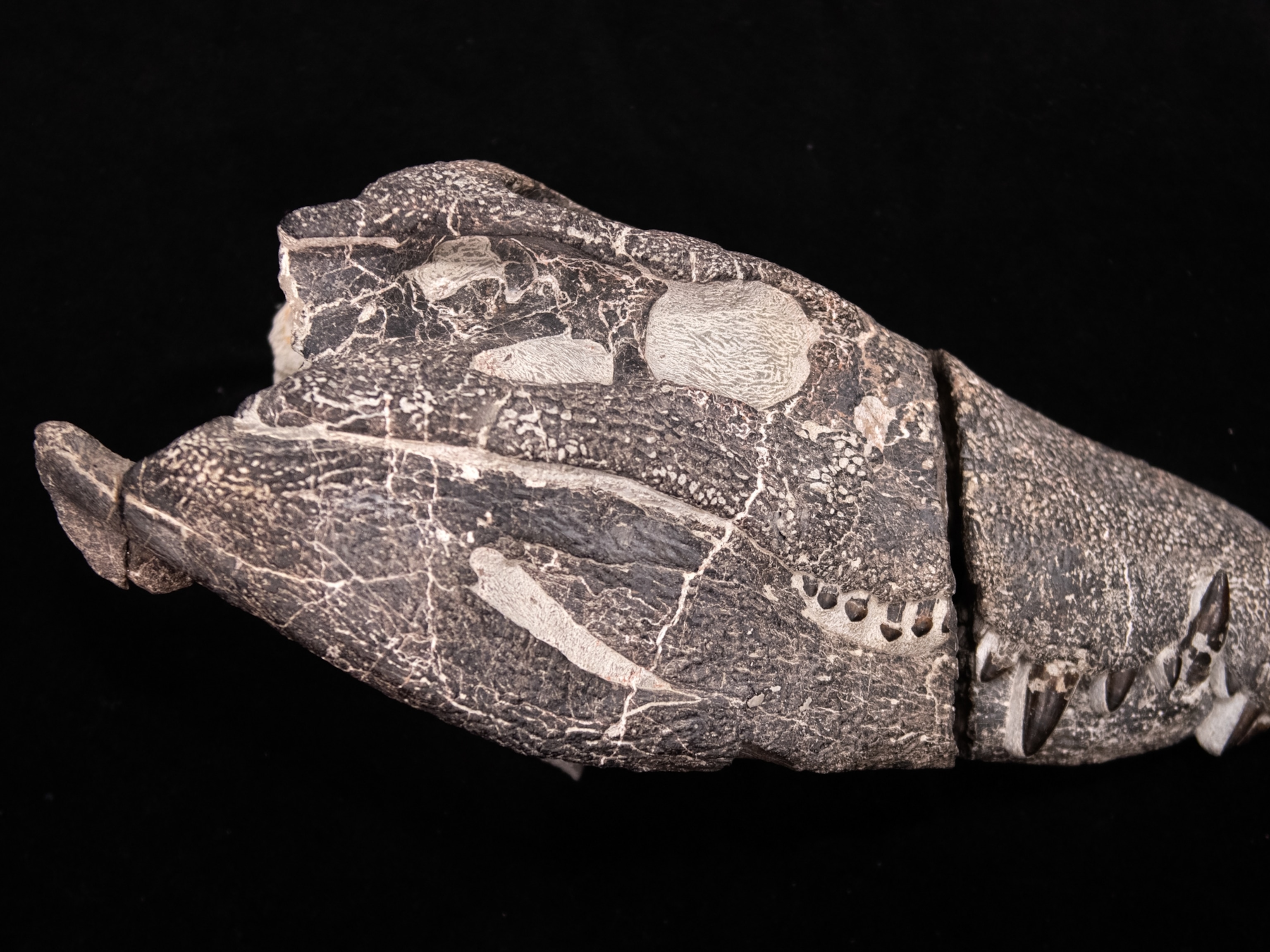
Crocodiles Play, Too, Study Says—Why Do Animals Have Fun?
Several crocodile relatives amuse themselves by splashing water and giving each other piggyback rides, a new study says.
When Vladimir Dinets first heard several years ago that a Cuban crocodile at Ohio's Toledo Zoo appeared to be playing with an inflatable ball, he didn't think anything of it—at first.
Zookeepers reported that the reptile attacked the ball and then blew bubbles in the water, which are textbook examples of play.
But when he looked through the research literature on crocodiles and play, he found nothing on the subject. (Read more about American crocodiles.)
"People who worked with crocodiles didn't think of publishing anything because they thought [the idea of crocodiles playing] was too obvious," said Dinets, a biologist at the University of Tennessee at Knoxville.
(Are crocodiles warm and cuddly mothers?)
He set out to fix that problem. In a new study in Animal Behavior and Cognition, Dinets provides the first documentation of play behavior in crocodilians, a group that includes crocodiles, alligators, and caimans.
The reports were gleaned from over 3,000 hours of Dinets's own observations, as well as reports from crocodilian biologists and amateur aficionados alike. In all, Dinets has acquired more than 15 separate observations of play behavior in crocodilians, with more coming in all the time.
Given that crocodilians spend much of their time in the water, it's not surprising the animals' reported behavior included sticking their snouts into water and then snapping at the stream.
In other instances, the reptiles played with bright flowers, carrying them around in their teeth, and had fun with each other—for instance, by giving their smaller companions piggyback rides.

The Definition of Play
Many animals have fun, whether it's otters romping in the river, cats chasing lasers, or canines "play fighting." Sometimes, though, it's hard to tell what's enjoyment or what's something else, like defending territory or finding food. (See "Panda Playing in Snow Goes Viral: How Do Zoos Plan for Weather?")
Enter Gordon Burghardt, a biologist also at the University of Tennessee at Knoxville, who developed a scientific definition for play.
According to that parameter, play must be repeated, pleasurable behavior done for its own sake that's similar, but not identical to, other behaviors in which the animal regularly engages. It also must be seen when the animal is healthy and not under stress.
Burghardt's definition greatly expanded the number of animals that have fun, including turtles and even wasps. And now, with Dinets's new study, researchers can add crocodilians to that list, Burghardt said.

Why Play?
As for why animals play, no one really knows.
"That's the big question right now," Burghardt said. "But there are so many different kinds of play that there might not be a single function."
One of the leading theories is that young animals play to prepare for adulthood. But this doesn't explain why many adult animals (including humans) continue to play, nor does evidence show that play actually makes animals better at their adult tasks. (See "Chimp 'Girls' Play With 'Dolls' Too—First Wild Evidence.")
Take the northern grasshopper mouse (Onychomys leucogaster), a carnivorous rodent that prowls the prairies of North America. A 1983 study showed that juvenile mice that played a lot were no better at catching crickets as adults than their less frisky counterparts were.

Similarly, recent studies on play in meerkats (Suricata suricatta) neither improved fighting skills nor reduced aggression in these mongoose-like animals, which live in the Kalahari Desert.
All of this isn't to say that play is useless. Recent work in African elephants reveals that play has overall benefits for their physical and mental well-being. (Related video: "Elephants Communicate While at Play.") Similar results were found in Belding's ground squirrels (Spermophilus beldingi), when researchers showed that play increased both health and motor skills.
In other words, animals seem to play because it's enjoyable, even if it doesn't have any immediate or tangible benefits.
Dinets is hopeful that work in crocodilians will provide valuable insight on the subject, but it's something he intends to leave for other scientists.
"Why should I have all the fun?" he quipped.





